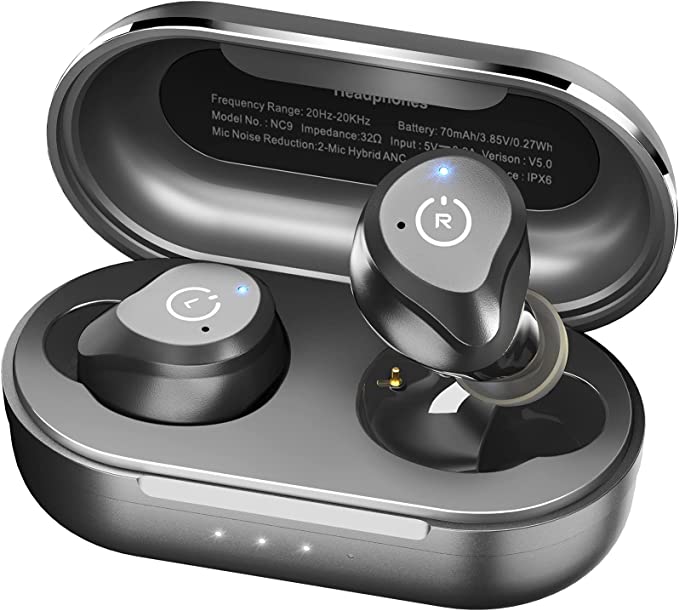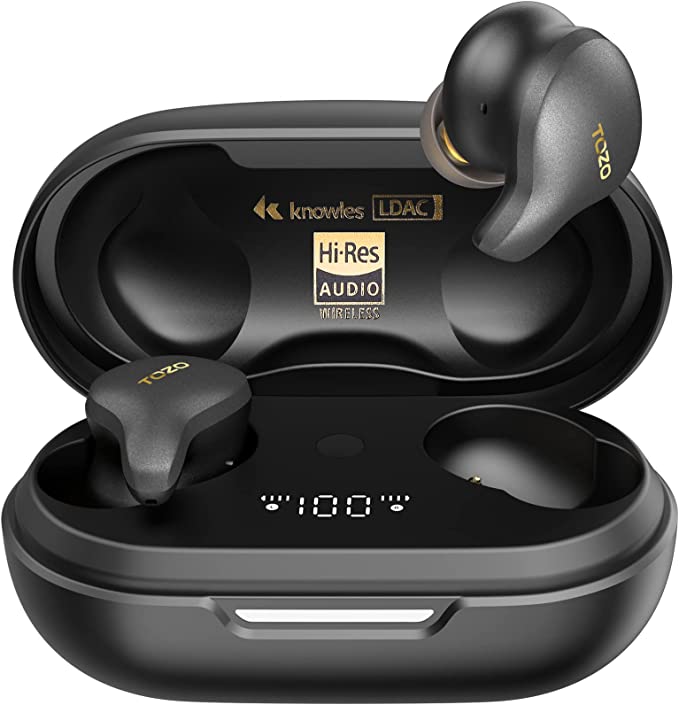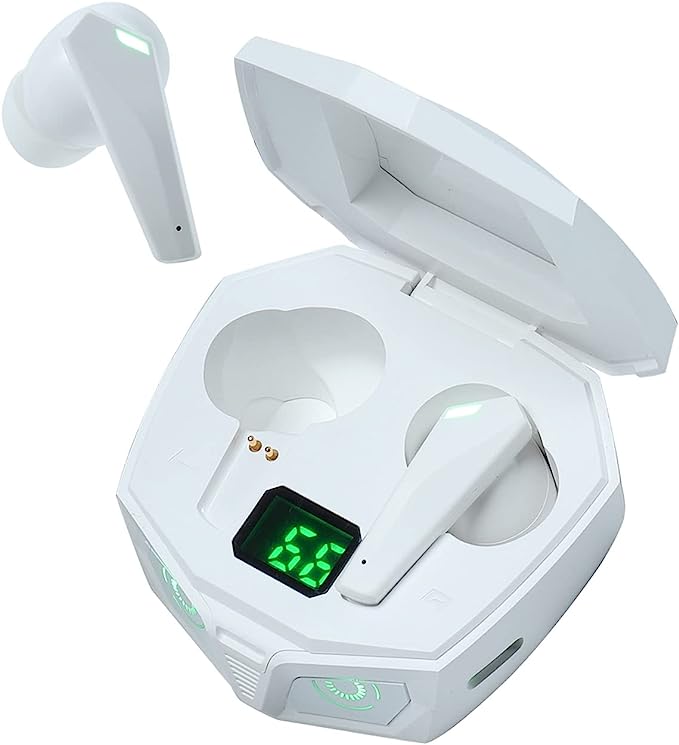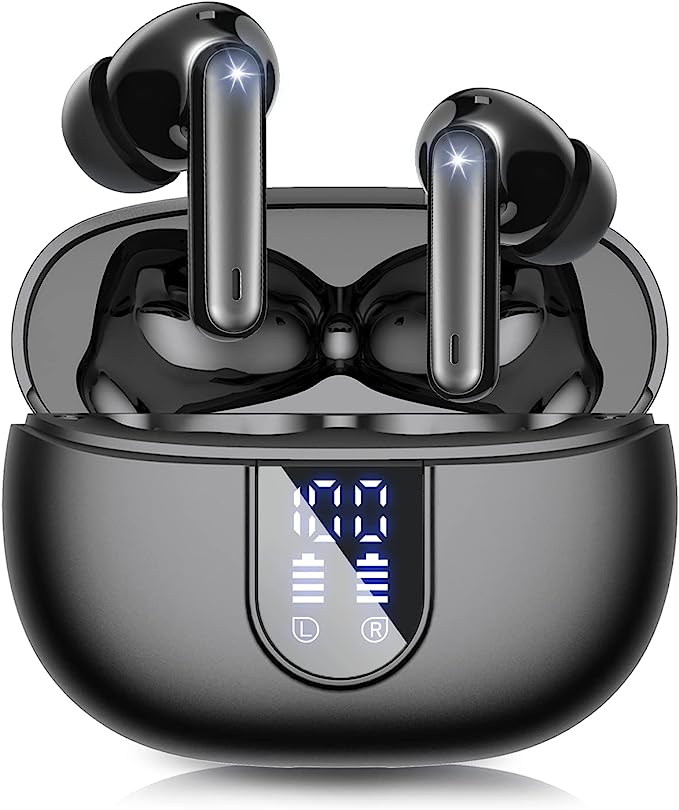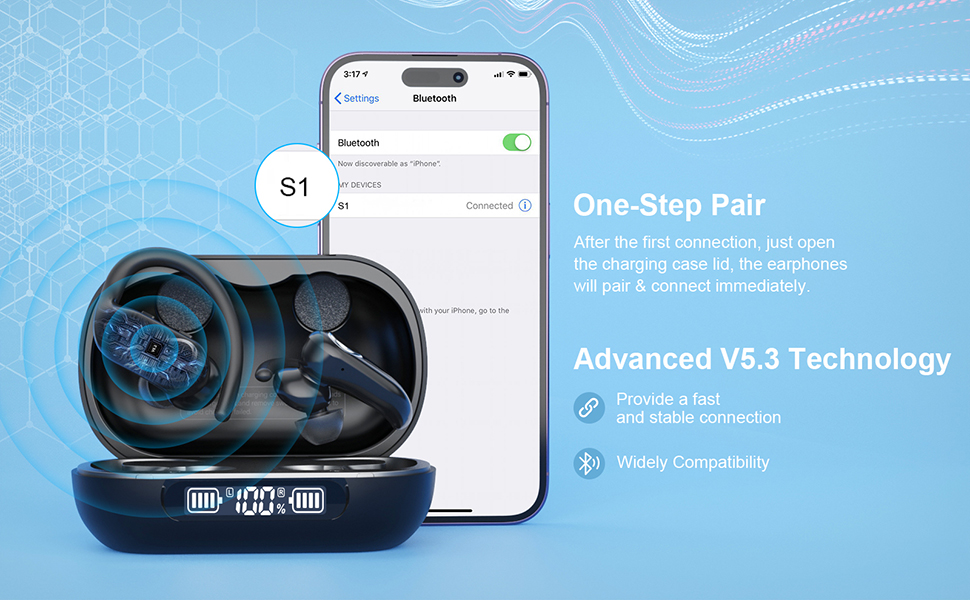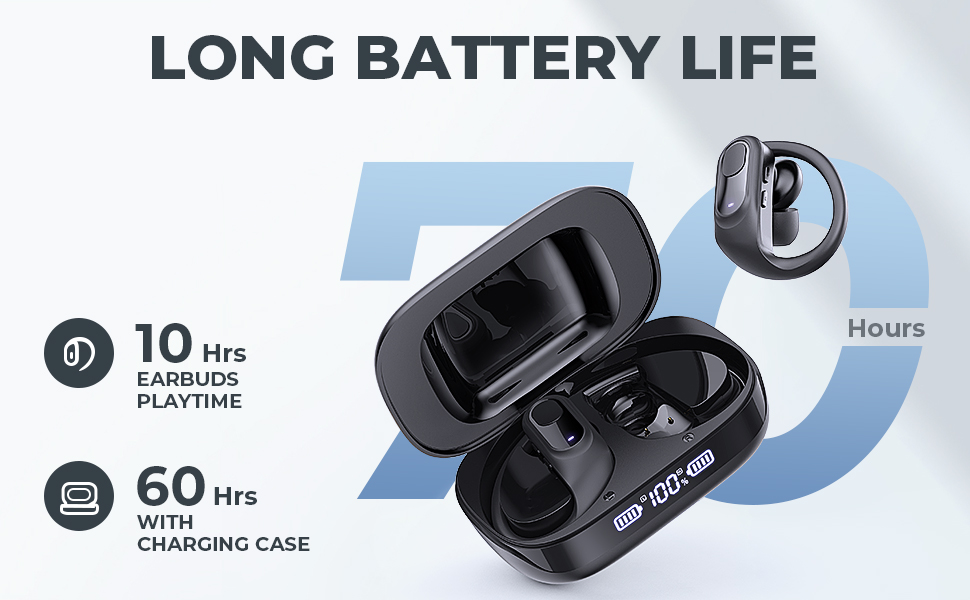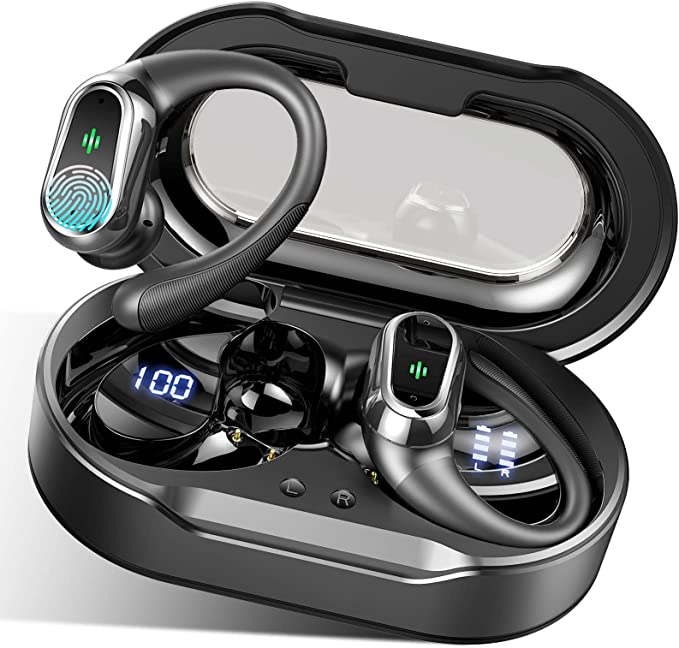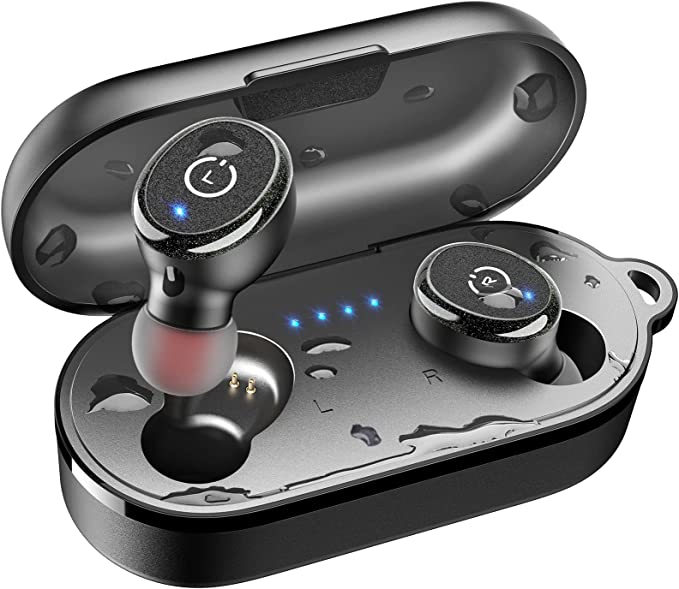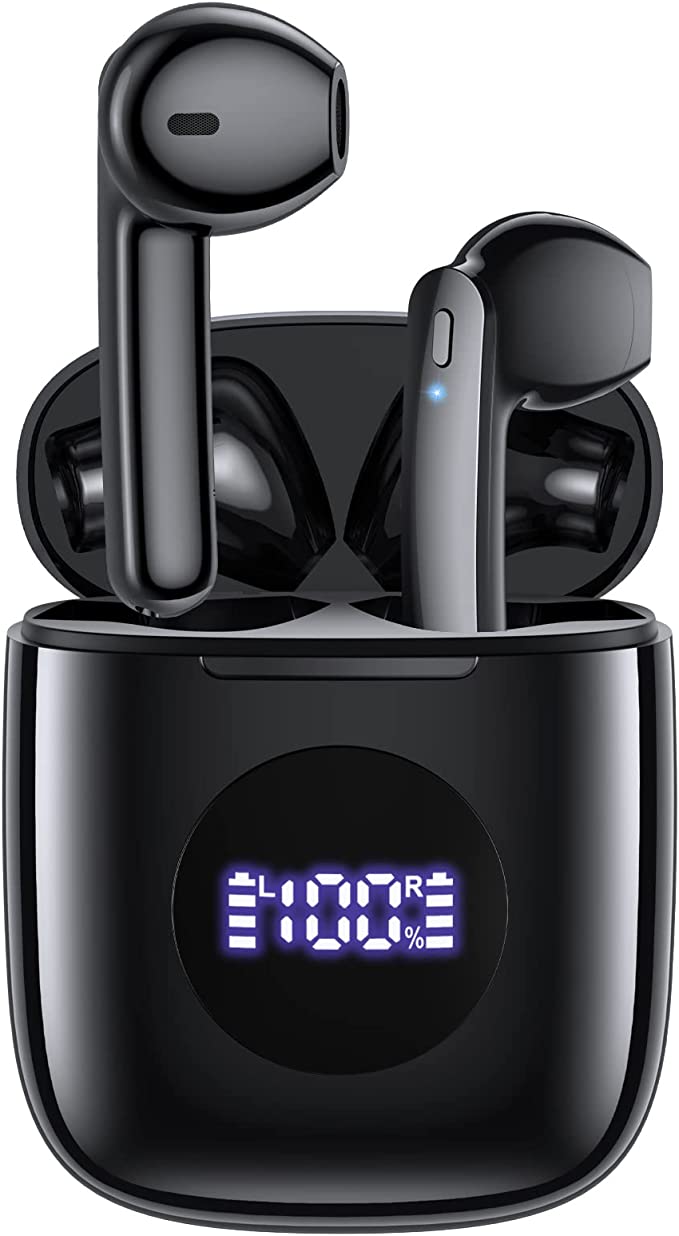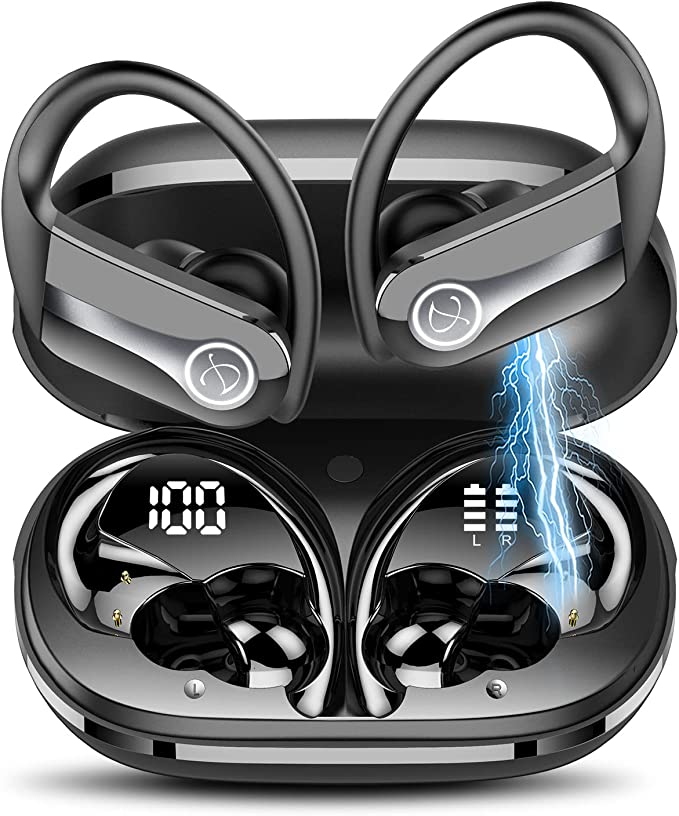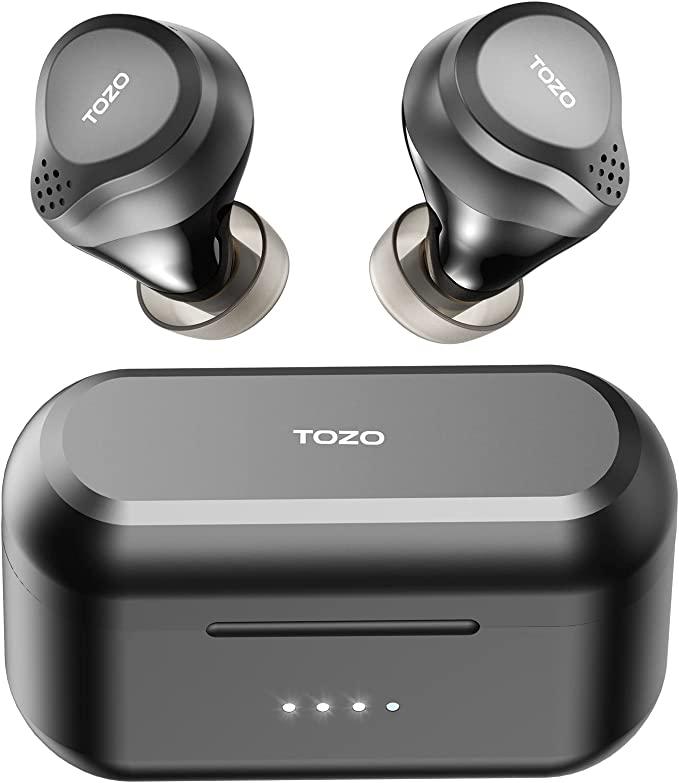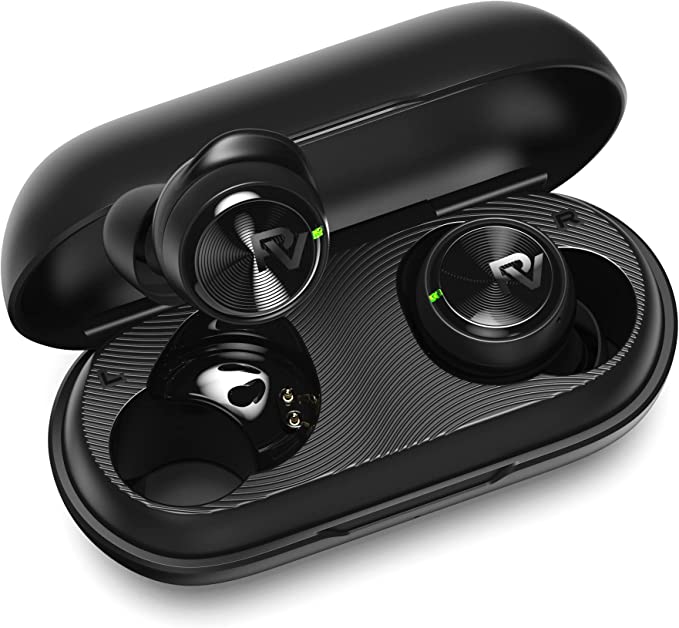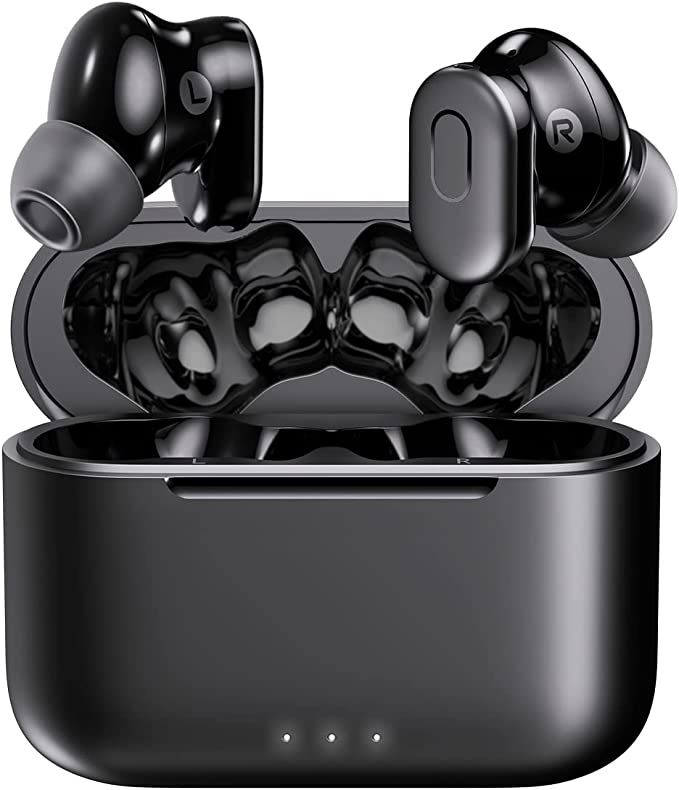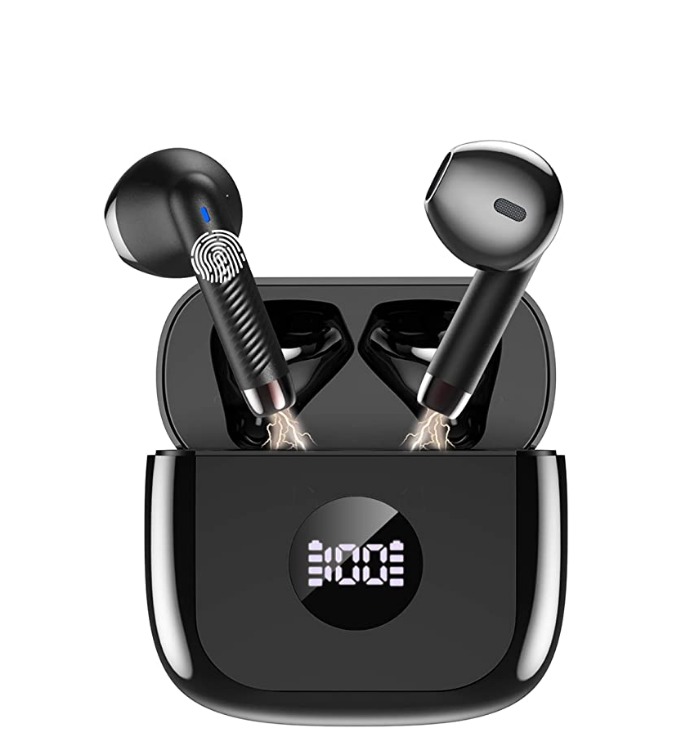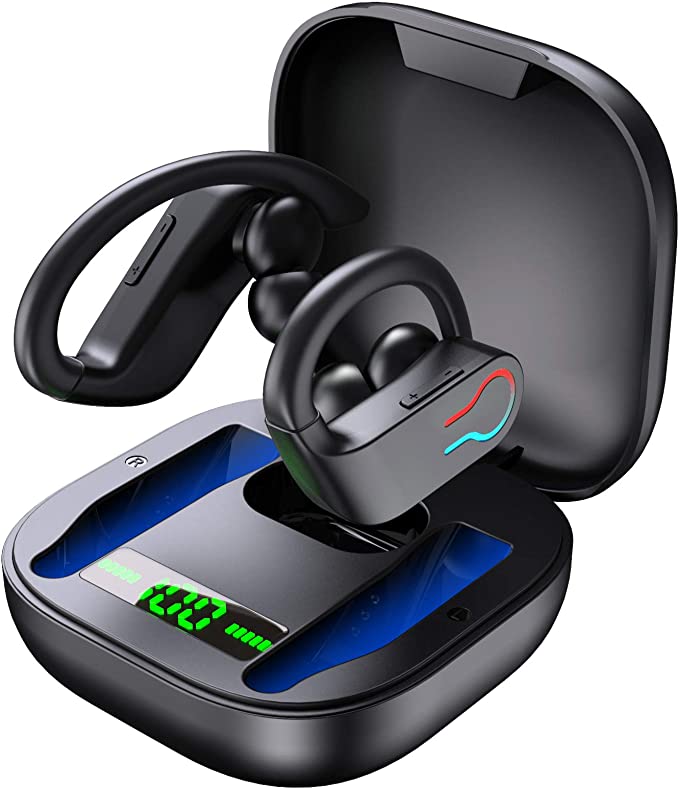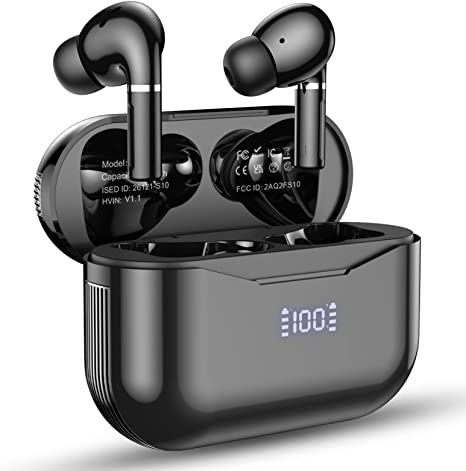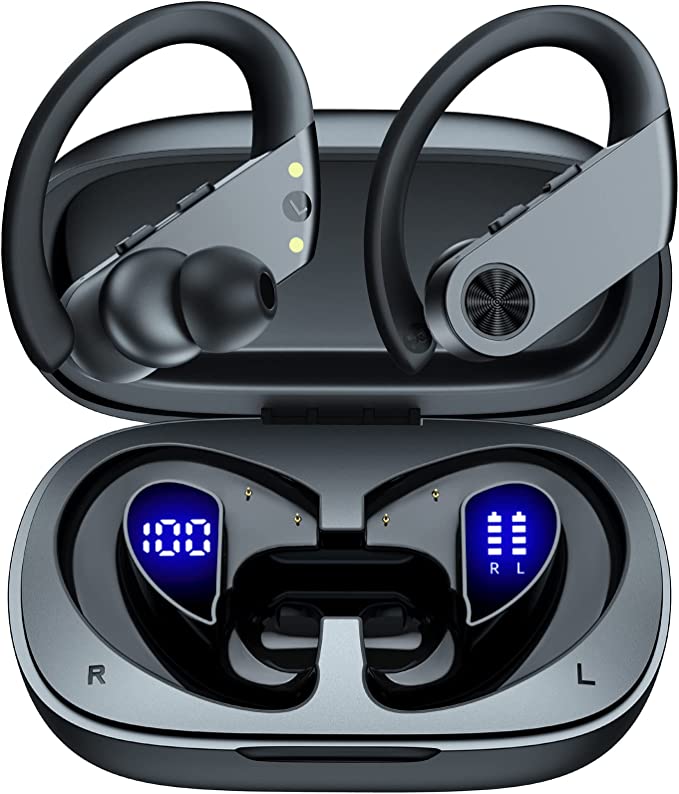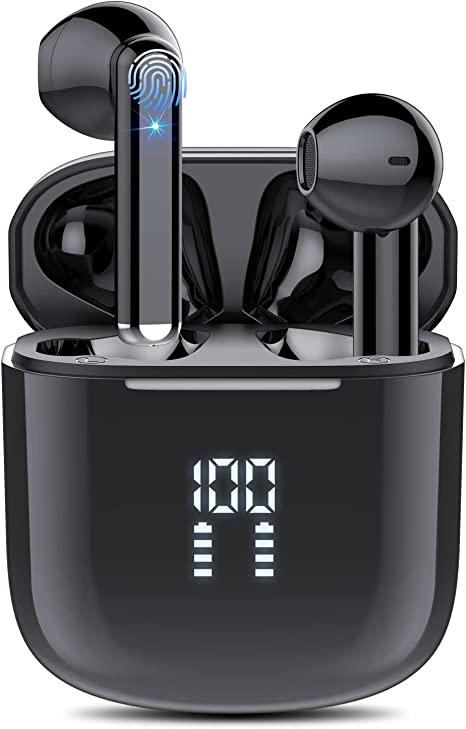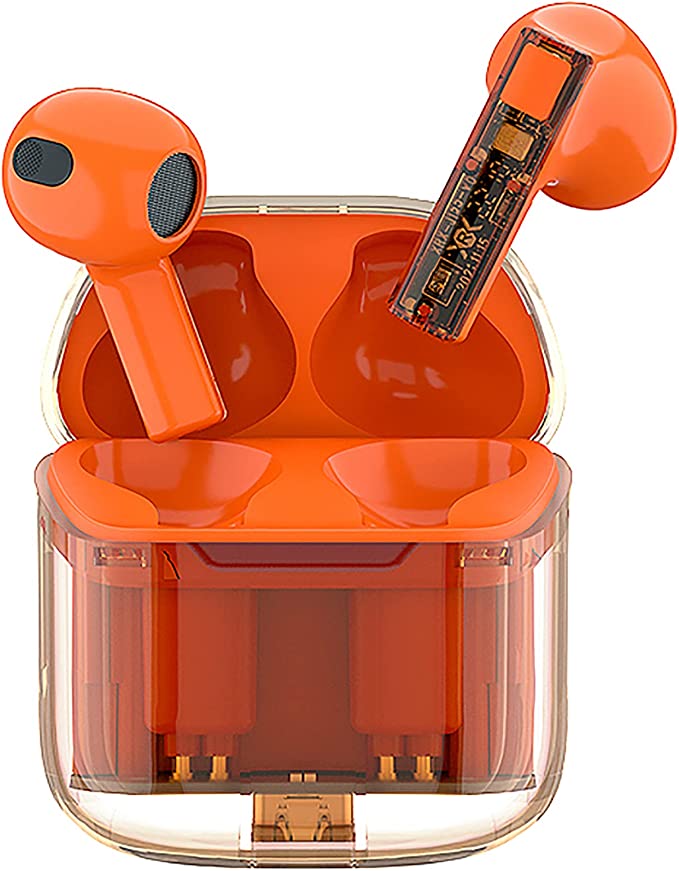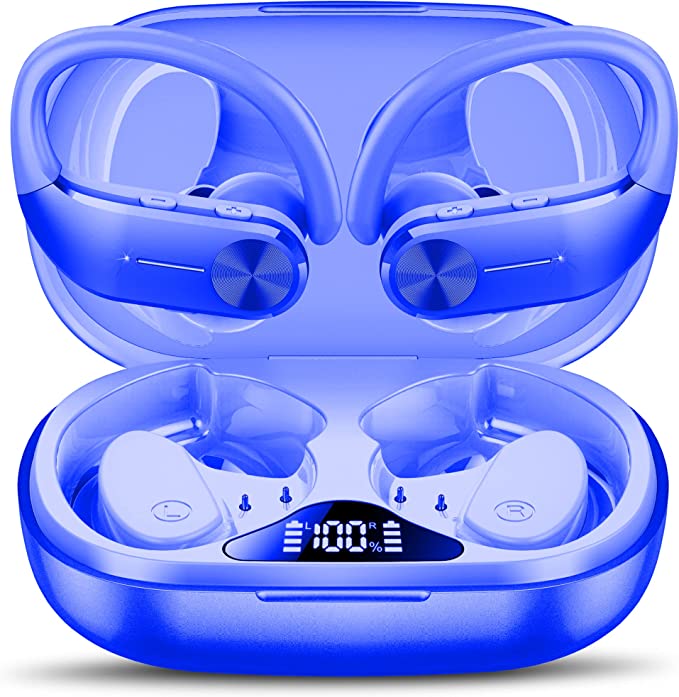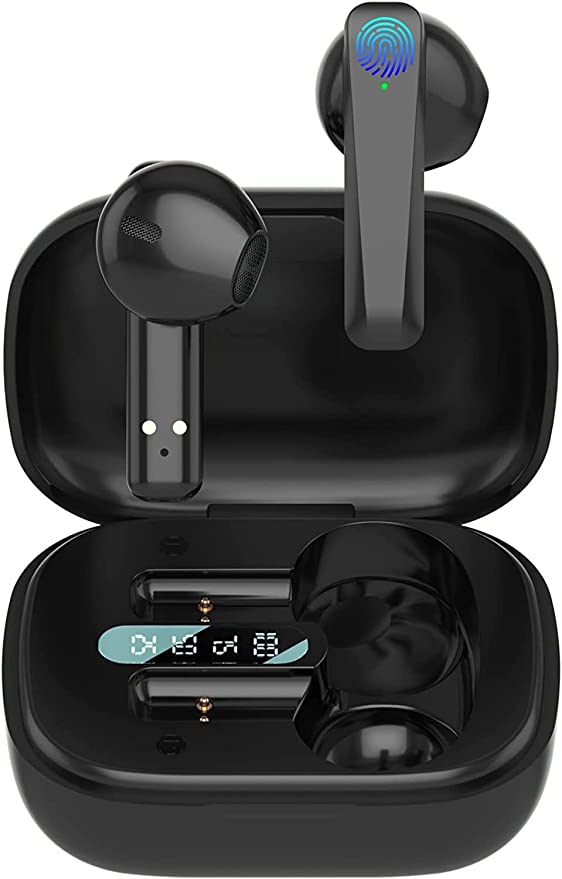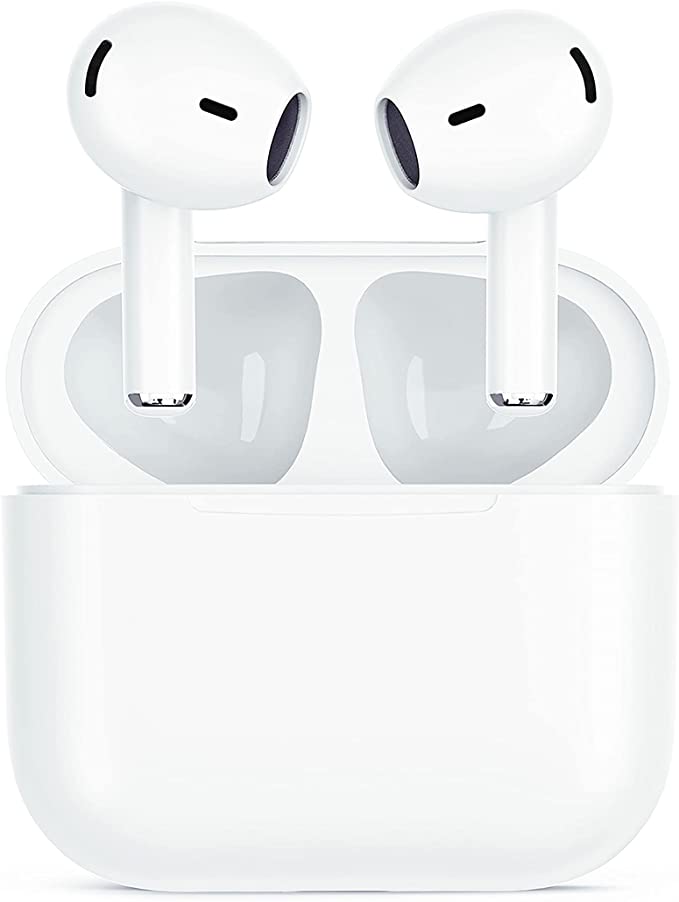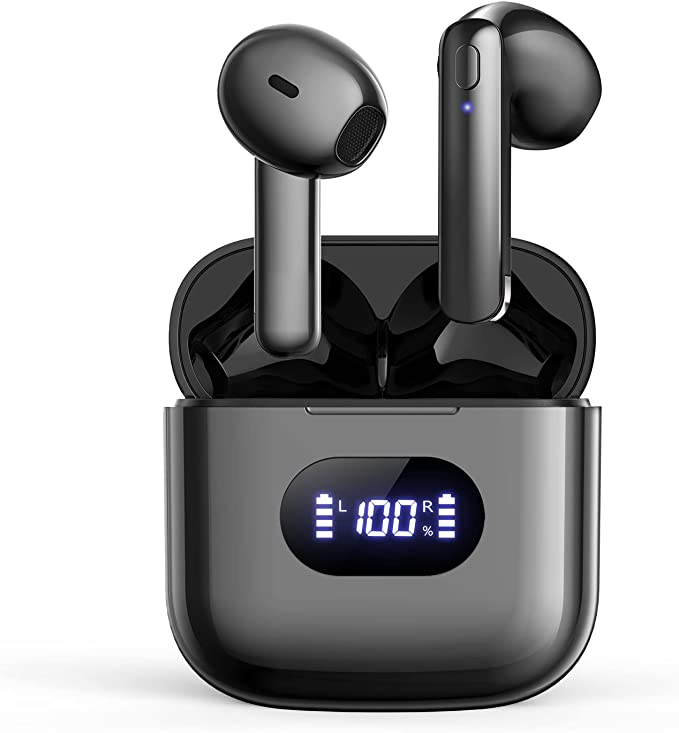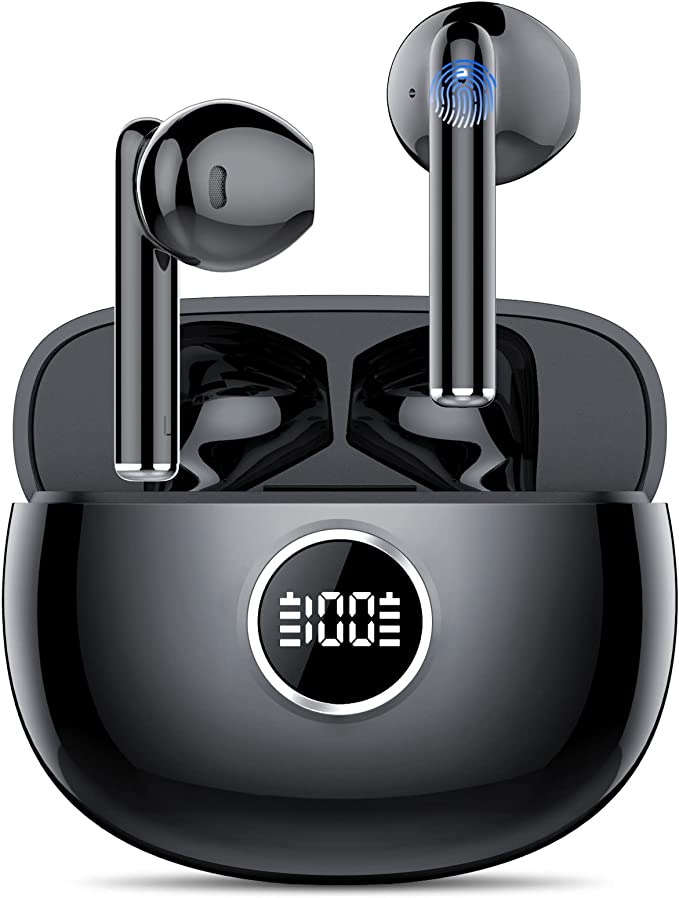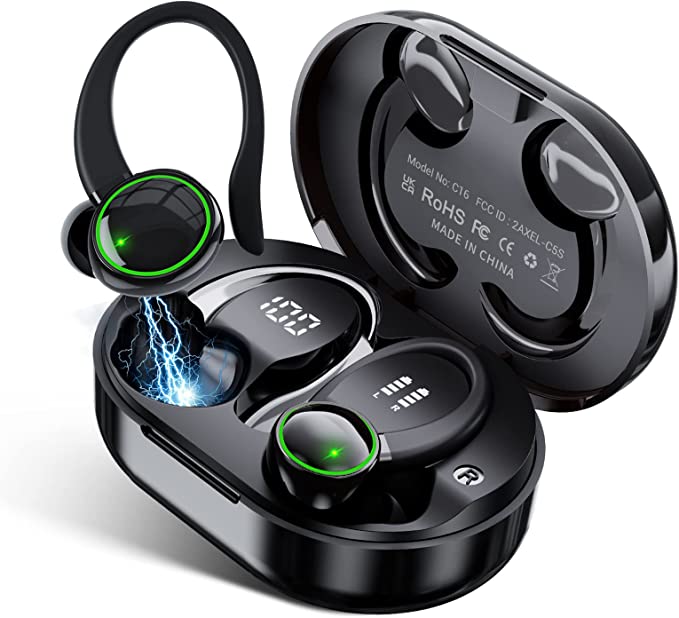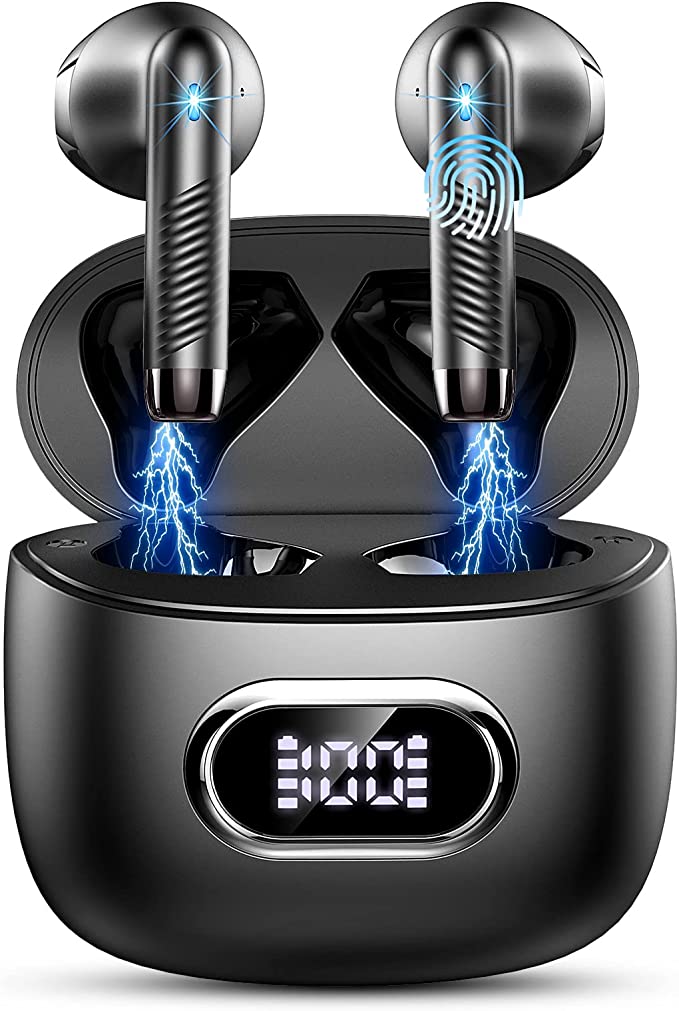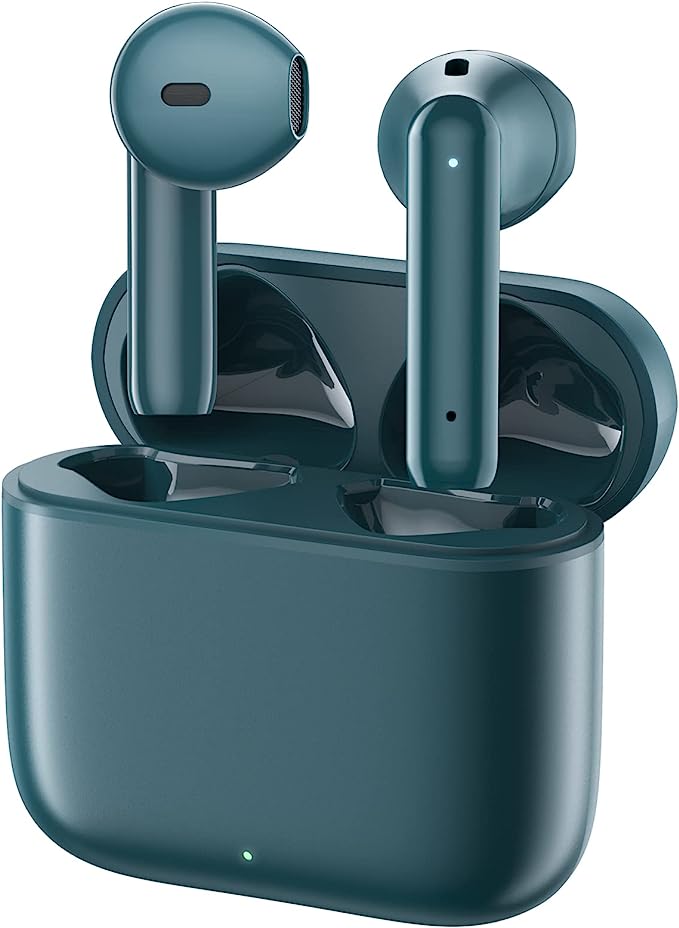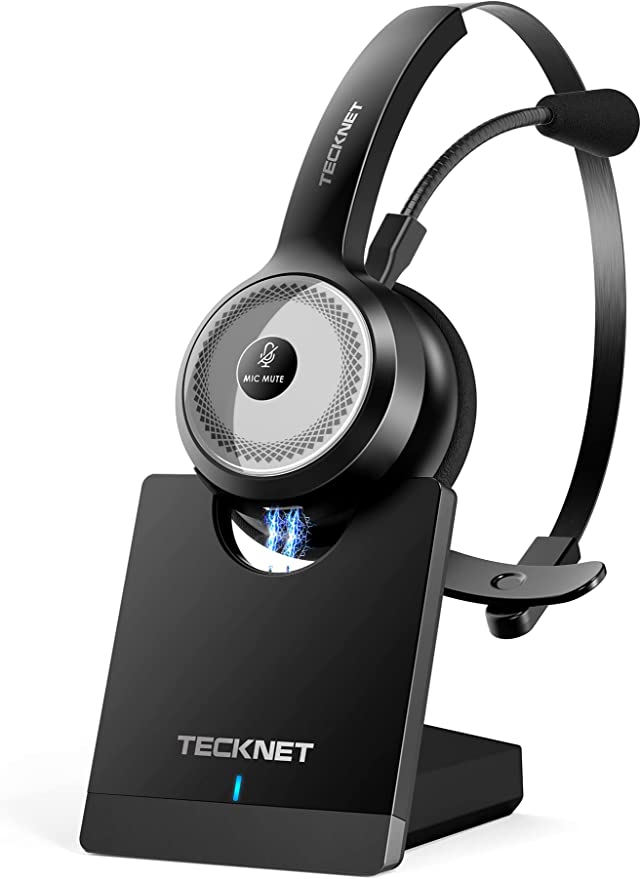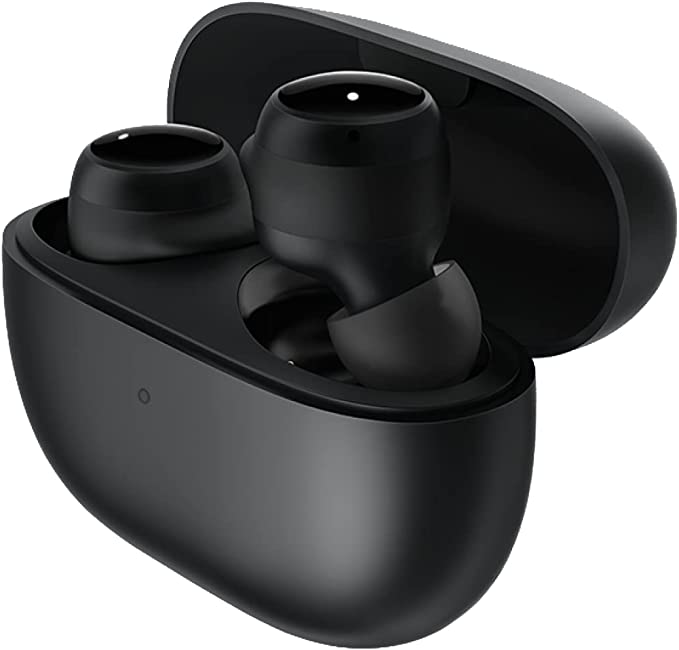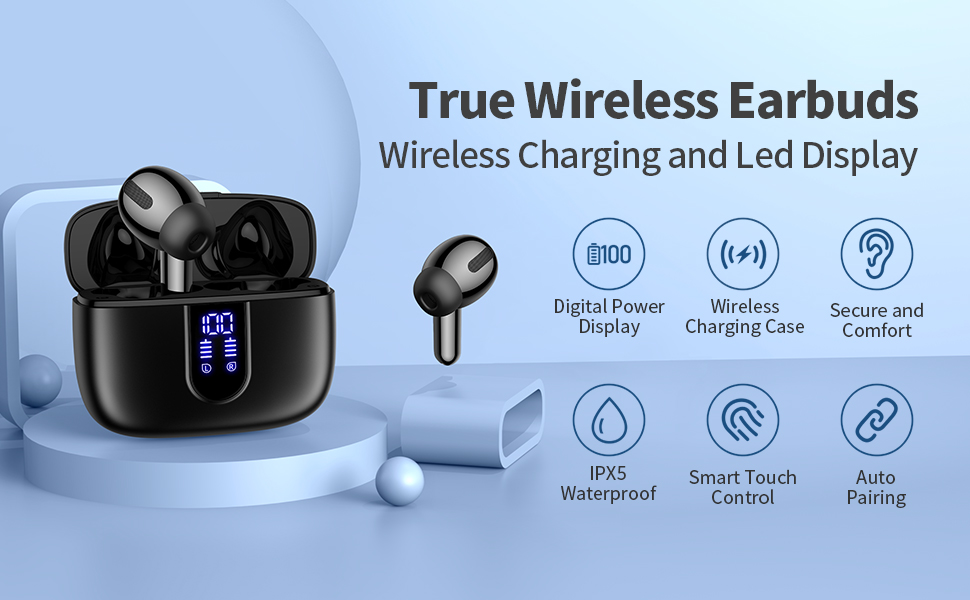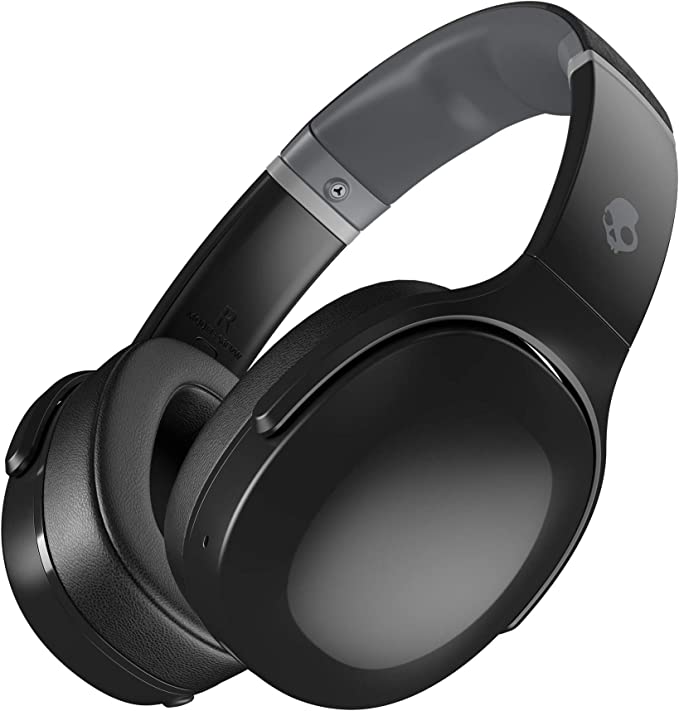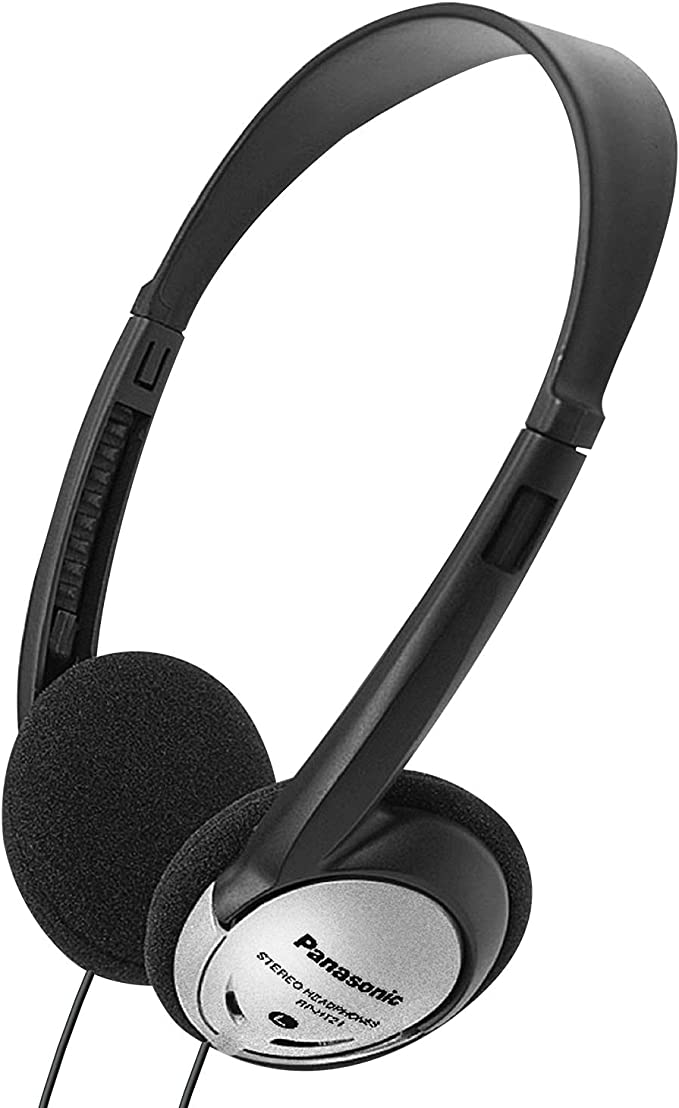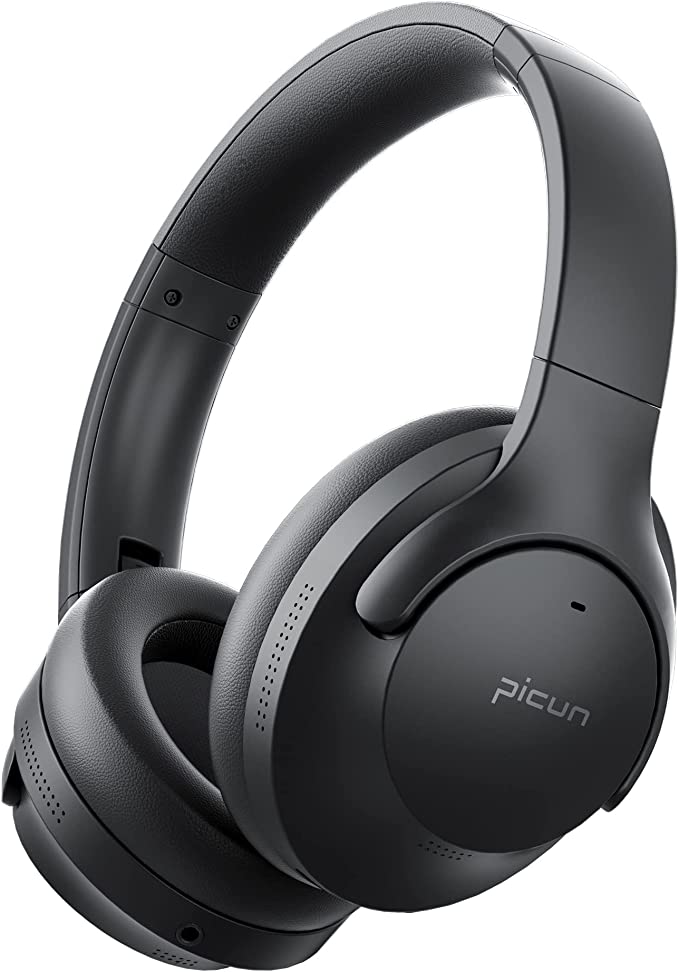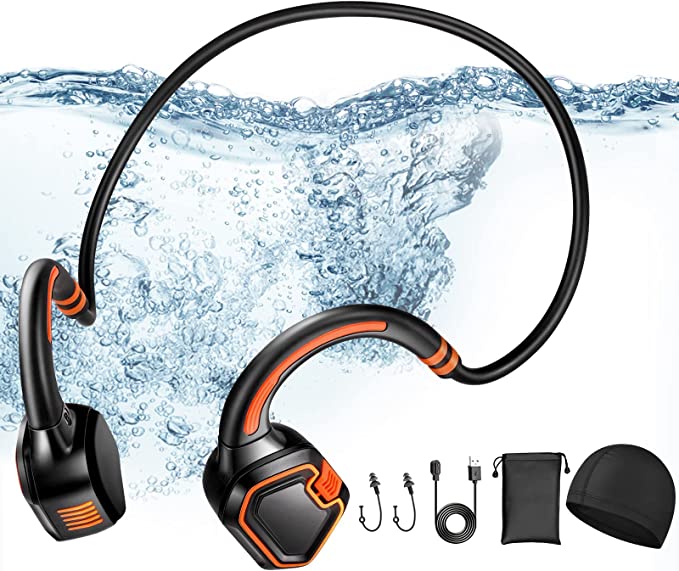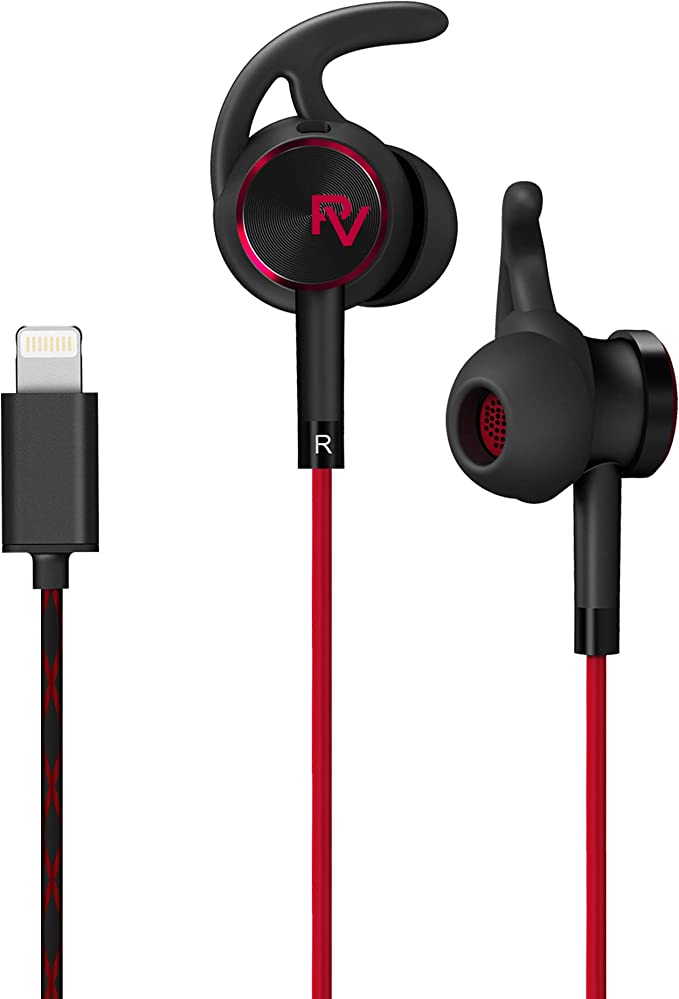TOZO G1 Wireless Earbuds: Experience Ultra-Low Latency Gaming and Immersive Sound
Update on Feb. 19, 2025, 12:30 p.m.
The Sound of Silence… Followed by a Boom: Why Audio Latency Matters
Imagine you’re playing your favorite online first-person shooter. You see an opponent, you react, you fire… but the sound of your gunshot arrives a split-second after you pull the trigger. That seemingly tiny delay, that disconnect between what you see and what you hear, can be incredibly jarring, and in the competitive world of online gaming, it can be the difference between winning and losing. This, in a nutshell, is the problem of audio latency.

What Exactly Is Audio Latency?
Audio latency, in simple terms, is the delay between when a sound is generated and when you hear it. Think of it like shouting across a canyon. You see your mouth move instantly, but the sound takes time to travel across the distance. With wireless audio, that “canyon” is the complex process of transmitting sound wirelessly via Bluetooth.

The Journey of a Sound Wave: From Game to Your Ears
Let us for a moment consider a simple analogy. Pretend that sending an audio file is like sending a physical package.
Imagine you are sending, not a care package, but an intricate symphony, a cascade of notes, to your friend across the country.
First, you must carefully pack the musical notes.
This initial step is known as encoding, and it’s where the digital information, a series of 1s and 0s, is organized.
It’s similar to neatly arranging your items to fit snugly in a box.
You hand your meticulously prepared package to a courier.
The courier in this digital symphony is Bluetooth technology, a wireless communication standard.
It employs radio waves, a type of electromagnetic wave, to carry the information.
These waves, oscillating at specific frequencies, are the invisible messengers of your sound.
However, radio waves aren’t the only travelers on this frequency highway.
Other devices, like Wi-Fi routers and microwaves, also use radio waves, potentially creating interference – think of it as traffic on the courier’s route.
Upon receiving the package, your friend must unpack it.
In the world of audio, this is decoding.
The receiver, in this case, your TOZO G1 earbuds, takes the received radio waves and translates them back into the original digital audio data.
This data is then converted into an analog signal, the kind that can drive the speakers in your earbuds and produce sound.
This entire journey, from encoding to transmission to decoding, takes time, even if it’s just milliseconds. And that time, that delay, is what we perceive as audio latency.
Here’s a diagram to show signal and latency:
[Sound Source] --(Digital Audio)--> [Encoder (Codec)] --(Bluetooth Signal)--> [Decoder (Codec)] --(Analog Audio)--> [Earbuds]
^ ^
|--------Latency Contributors--------|
The Codec Conundrum: How Your Audio Gets Compressed
A crucial part of this process is the “codec” – short for coder-decoder. Think of a codec as a translator that speaks two languages: the digital language of your device (phone, computer, etc.) and the wireless language of Bluetooth. It compresses the audio signal to make it small enough to transmit wirelessly, and then decompresses it on the other end.
Different codecs use different “languages,” or algorithms, to do this. Some are more efficient than others. Here’s a quick look at some common Bluetooth audio codecs:
-
SBC (Subband Coding): This is the standard, default codec for most Bluetooth devices. It’s like the “common language” that everyone understands, but it’s not the most efficient. SBC typically has higher latency, often in the range of 100-200 milliseconds.
-
AAC (Advanced Audio Coding): This codec is popular with Apple devices. It generally offers better sound quality than SBC at similar bitrates. On Apple devices, AAC latency can be quite low (around 60-90ms), but it can be higher on other platforms.
-
aptX (and its variants): Qualcomm’s aptX family of codecs aims for lower latency and better sound quality. aptX Low Latency, in particular, is designed for gaming and video, with a target latency of around 40-60ms. aptX Adaptive is a newer version that dynamically adjusts the bitrate and latency based on the content and the wireless environment.
- Note: The specific codec used by the TOZO G1 is not explicitly stated on the product page. However, achieving 45ms latency suggests a highly optimized implementation, possibly using a proprietary solution or a carefully tuned version of an existing low-latency codec.

Bluetooth 5.3: A Leap Forward
The TOZO G1 leverages the latest Bluetooth 5.3 technology. While earlier versions of Bluetooth were primarily designed for data transfer, Bluetooth 5.3 incorporates significant improvements that benefit audio, particularly in terms of latency and stability.
One key enhancement is in how Bluetooth handles connections. Previous versions often used a relatively slow and cumbersome connection process. Bluetooth 5.3 streamlines this, making connections faster and more reliable. This faster connection establishment directly contributes to lower latency.
Another important improvement is in “connection-oriented channels.” Think of it like upgrading from a single-lane road to a multi-lane highway. Bluetooth 5.3 can manage multiple streams of data more efficiently, reducing the chance of congestion and delays.
Furthermore, Bluetooth 5.3 offers enhanced power efficiency. This means your earbuds can maintain a strong, low-latency connection for longer periods without draining the battery as quickly.

TOZO G1: Putting it All Together
The TOZO G1 combines the benefits of Bluetooth 5.3 with a highly optimized audio processing system to achieve its impressive 45ms latency. The “Game Mode” likely prioritizes the speed of audio processing, minimizing any additional delays within the earbuds themselves. The “Music Mode,” on the other hand, might focus on maximizing audio fidelity, taking advantage of the full frequency range (16Hz-20kHz) that the G1 is capable of reproducing.

Beyond Gaming: The Benefits of Low Latency Extend Further
While low latency is crucial for gaming, its benefits extend to other applications as well:
 * Video Streaming: No more annoying lip-sync issues! Low latency ensures that the audio and video are perfectly synchronized, making for a much more enjoyable viewing experience.
* Video Conferencing: Clear, real-time communication is essential for effective video calls. Low latency minimizes awkward delays and interruptions.
* Virtual Reality: Latency is a major problem of VR.
* Music Production: For musicians using wireless headphones or earbuds for monitoring, low latency is essential for accurate timing and performance.
* Video Streaming: No more annoying lip-sync issues! Low latency ensures that the audio and video are perfectly synchronized, making for a much more enjoyable viewing experience.
* Video Conferencing: Clear, real-time communication is essential for effective video calls. Low latency minimizes awkward delays and interruptions.
* Virtual Reality: Latency is a major problem of VR.
* Music Production: For musicians using wireless headphones or earbuds for monitoring, low latency is essential for accurate timing and performance.

Comfort and Convenience
Beyond its low-latency prowess, the TOZO G1 offers several other features that contribute to a positive user experience. Its ergonomic design, with multiple sizes of eartips (XS/S/M/L/XL/XXL), ensures a comfortable and secure fit, even during extended use. And with up to 6 hours of playtime on a single charge (and 30 hours total with the charging case), you can enjoy your audio without worrying about constantly recharging.The added feature of ENC(Environmental Noise Cancellation), enhances call clarity by minimizing background sounds. The cool breathing light effect, is nothing but a cosmetic feature.
The Future of Wireless Audio
The TOZO G1, with its focus on minimizing latency,offers us,audiophiles and regular users, a better user experience.
The pursuit of even lower latency and higher fidelity wireless audio continues. Technologies like LE Audio, a new Bluetooth audio standard, promise further improvements in power efficiency and audio quality. We can also expect to see continued advancements in codec technology and wireless transmission protocols, pushing the boundaries of what’s possible with wireless sound.

Conclusion-Beyond the Specs
The TOZO G1, isn’t about numbers and technical specifications. It’s about the experience. It’s about immersing yourself in your favorite games and movies without the distraction of audio lag. It’s about enjoying seamless, synchronized sound that enhances your enjoyment and allows you to fully appreciate the audio-visual world. By understanding the science behind low-latency audio, we can appreciate the technology that makes this immersive experience possible.
